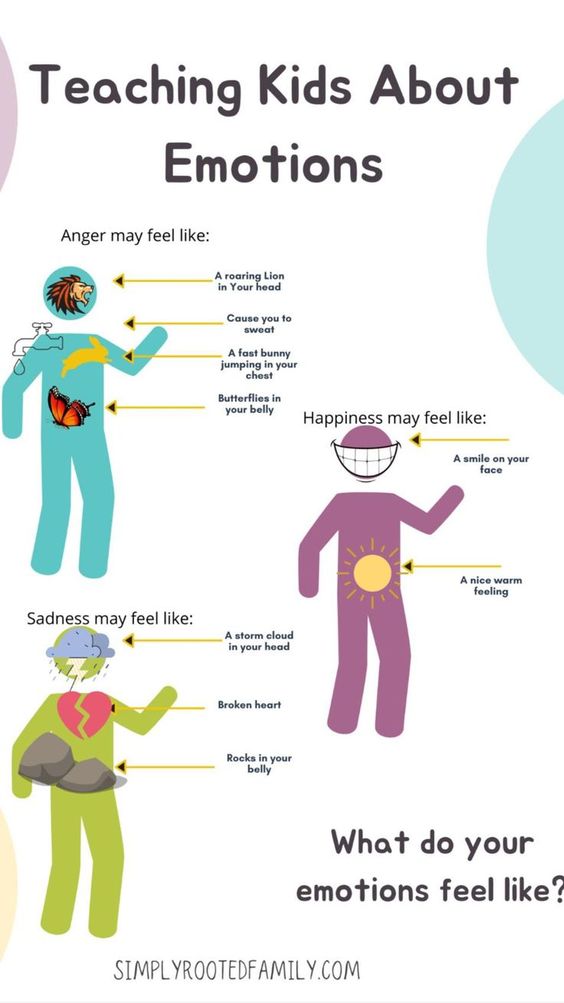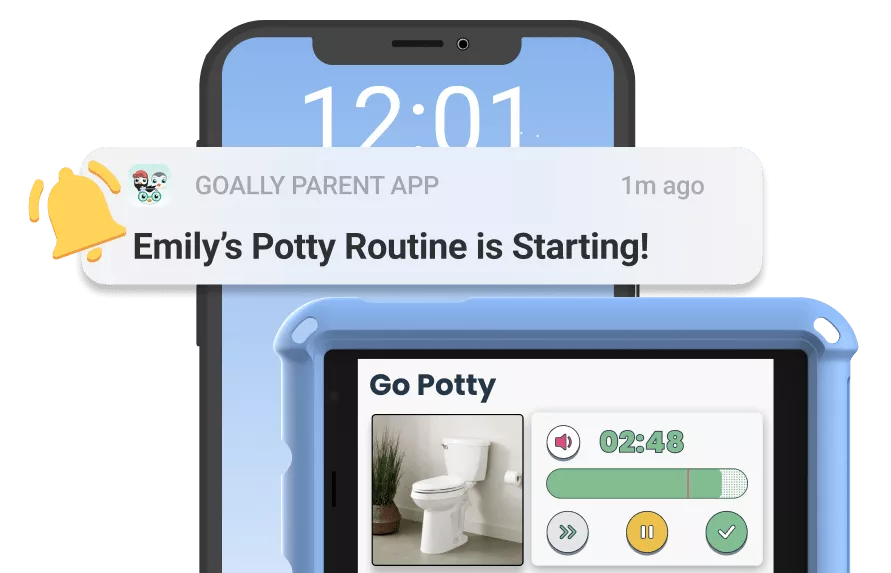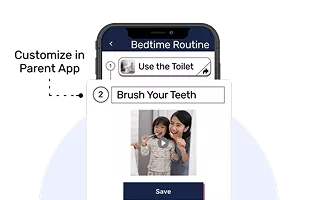As someone who works closely with young children, I’ve seen firsthand how critical the age of four is for emotional development. At this stage, kids experience a surge in their emotional growth, and it’s essential for parents to provide the right support. In this article, I’ll share expert advice on understanding 4-year-old emotional development, including milestones, and offer strategies to enhance essential skills. Whether your child is neurotypical or neurodivergent, you’ll find practical tips and activities to nurture their emotional well-being.
Table of Contents
Milestones in 4-Year-Old Emotional Development
To support our kids effectively, let’s get acquainted with some key milestones in 4-year-old emotional development. These crucial indicators help us track their progress and identify opportunities for growth:
- Empathy: Children at this age begin to develop empathy, recognizing and responding to the feelings of others.
- Independence: A newfound desire for autonomy results in tackling tasks independently, from dressing themselves to assisting around the house.
- Emotion identification: Your 4-year-olds will be developing the ability to express and understand their emotions more clearly and simply.
- Self-regulation: While they still require your guidance, kids at this stage start to get the hang of emotional self-control, experiencing fewer tantrums and meltdowns.
Keep in mind that emotional growth trajectories can differ, so milestones may not uniformly apply to all.
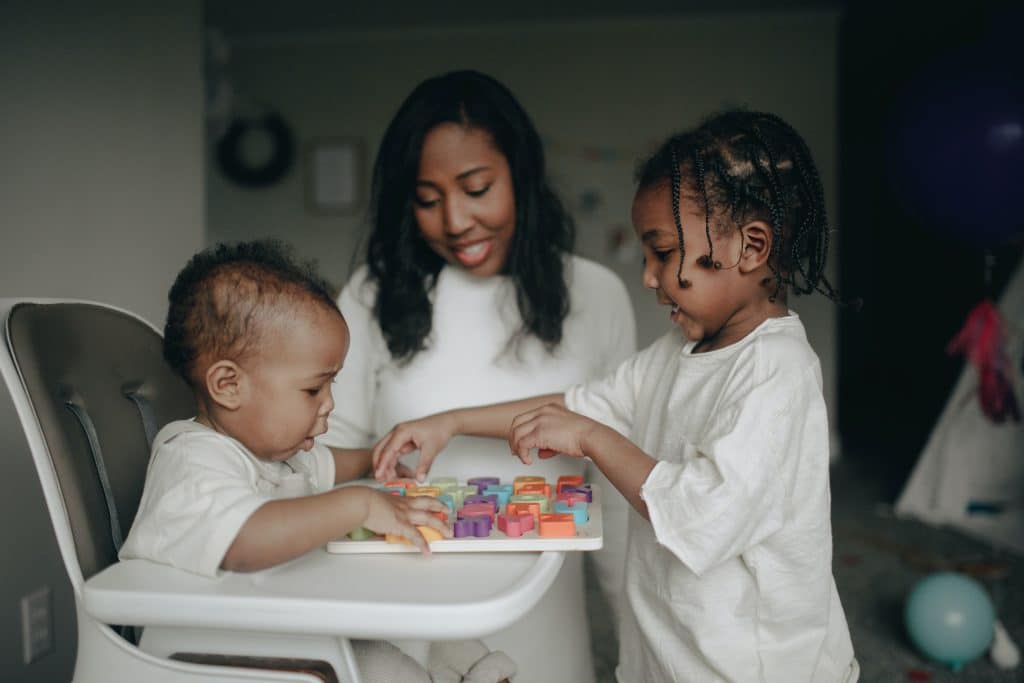
Read More: Child Development Stages
Strategies for Fostering Adaptive Emotional Growth
Now well-versed with these milestones, let’s dive into effective strategies to nurture their emotional development.
1. Emotional Literacy: Name It to Tame It
Teaching kids emotional vocabulary is essential. Start with basic emotions like happy, sad, and angry. Activities like matching emotion cards, feelings charades, reading picture books, or drawing emotions can help make this learning fun. Remember, lead by example — openly discuss your emotions too.
- Matching emotion cards: Create cards with emotion words and matching facial expressions or situations.
- Feelings charades: Act out different emotions and have your child guess the feelings portrayed.
- Picture books: Read books that introduce a range of emotions and discuss characters’ feelings.
- Drawing emotions: Encourage your child to draw facial expressions that correspond to various emotions.
2. Self-Expression: Let Them Speak Their Minds
Including authentic communication in daily life helps promote emotional development. Actively listen to your child, validate their feelings, and avoid interrupting or discounting their emotions. Always remember to:
- Acknowledge your child’s feelings and provide assurance.
- Validate their emotions by expressing understanding and avoiding belittlement.
- Engage in open and honest communication to foster trust.
Read More: High-Functioning Autism and Emotions
3. Emotional Regulation Activities for Kids: Turning Frustration into Fun
As 4-year-olds learn emotional control, introducing emotional regulation activities for kids can help them master self-regulation. Hands-on ideas that transform challenging situations into enjoyable experiences include:
- “Calm-down” corners: Equip their rooms with sensory toys and comfy seating to promote relaxation.
- Deep-breathing techniques: Teach child-friendly breathing exercises to help calm their minds.
- Artsy activities: Offer opportunities for creative emotional expression, like painting to music.
Consistent exposure to these activities will develop self-soothing skills and make emotional regulation feel more like playtime.
4. Handling Conflict: Teach Them to Solve Problems Peacefully
Conflict resolution skills are a valuable lifelong asset. Encourage your kid to express their feelings, respect others’ perspectives, and suggest amicable solutions. To practice, try role-playing conflict resolution scenarios as a fun and interactive way to learn.
Celebrate their achievements by offering praise when they demonstrate empathy, address their emotions, or manage conflicts effectively. Positive reinforcement goes a long way in promoting future emotional growth.

Read more: Emotional Development in 3 Year Olds
Adapting Strategies for Neurodivergent Kids
To ensure engagement and effectiveness, strategies may need adjustments for neurodivergent kids. You can customize them by:
- Using visual aids to communicate emotions effectively.
- Creating personalized social stories that illustrate conflict resolution situations.
- Selecting sensory activities that cater to their preferences and needs.
By adapting these strategies, you can better support their unique emotional development journey.
Tired of Emotional Meltdowns?
Goally’s Mood Tuner app has activities for kids with BIG emotions. Teach kids how to tune their mood with Goally. See fewer meltdowns.
The Mood Tuner app encourages kids to look inwards and identify their feelings, helping them understand what’s going on inside. Once they’ve recognized their emotions, they can choose from a 20+ activities designed to help them self-regulate and find their balance.
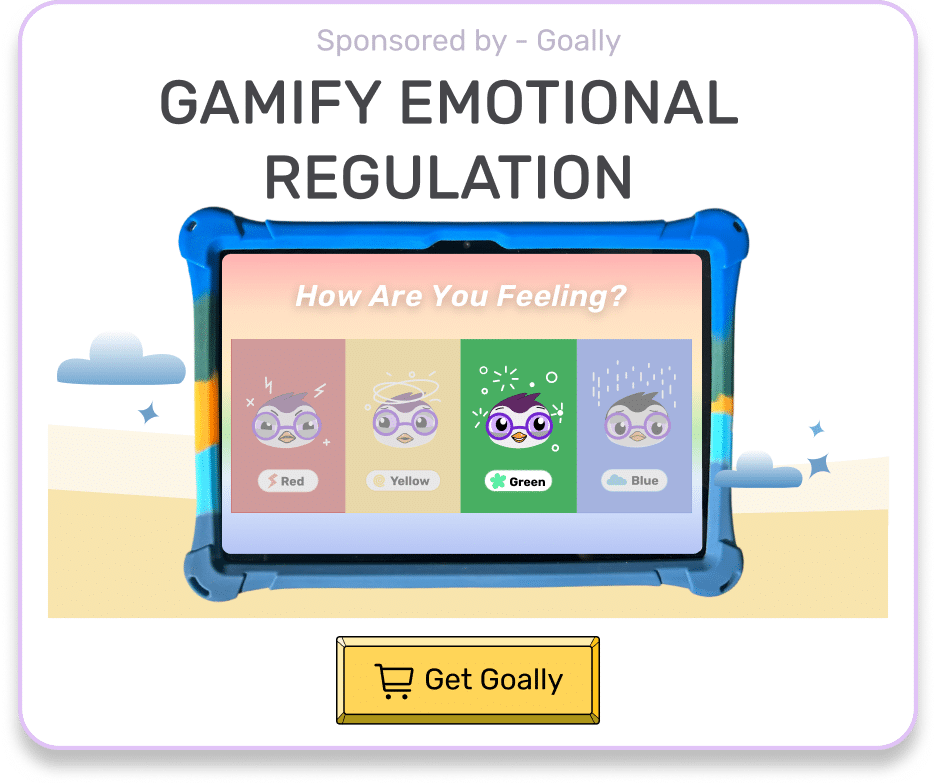
Supporting your kid’s emotional growth is super important when they’re four. By helping them hit milestones and trying out some emotional regulation activities for kids, you’re giving them some awesome life-long tools. So, take on this challenge with lots of love and patience, and watch your little one thrive emotionally and socially right in front of you.
FAQs About 4-Year-Old Emotional Development
What are the typical emotional developments in a 4-year-old? At four, children typically begin to understand and manage their feelings better, showing greater empathy, forming deeper friendships, and displaying more complex emotions like fear and excitement.
How can parents support a 4-year-old's emotional development? Parents can support their child's emotional development by validating their feelings, encouraging open communication, teaching emotional vocabulary, and modeling healthy emotional behavior.
What are some good tools for aiding 4-year-old emotional development? Useful tools include visual schedules to provide structure, emotional regulation apps to guide understanding and control of emotions, and rewards to reinforce positive behavior.
How does a visual schedule help a 4-year-old's emotional development? Visual schedules can help 4-year-olds understand routines and expectations, reducing anxiety and stress and fostering a sense of security.
What are signs of healthy emotional development in a 4-year-old? Signs of healthy emotional development include being able to express feelings verbally, show empathy towards others, manage frustration, and adjust to changes with relative ease.
This post was originally published on 05/27/2023. It was updated on 07/18/2024.

Goally
We help parents teach their kids life skills, like doing bedtime and morning independently. Backed by science, we incorporate evidence-based practices and expert-informed designs in all of our apps and content.

